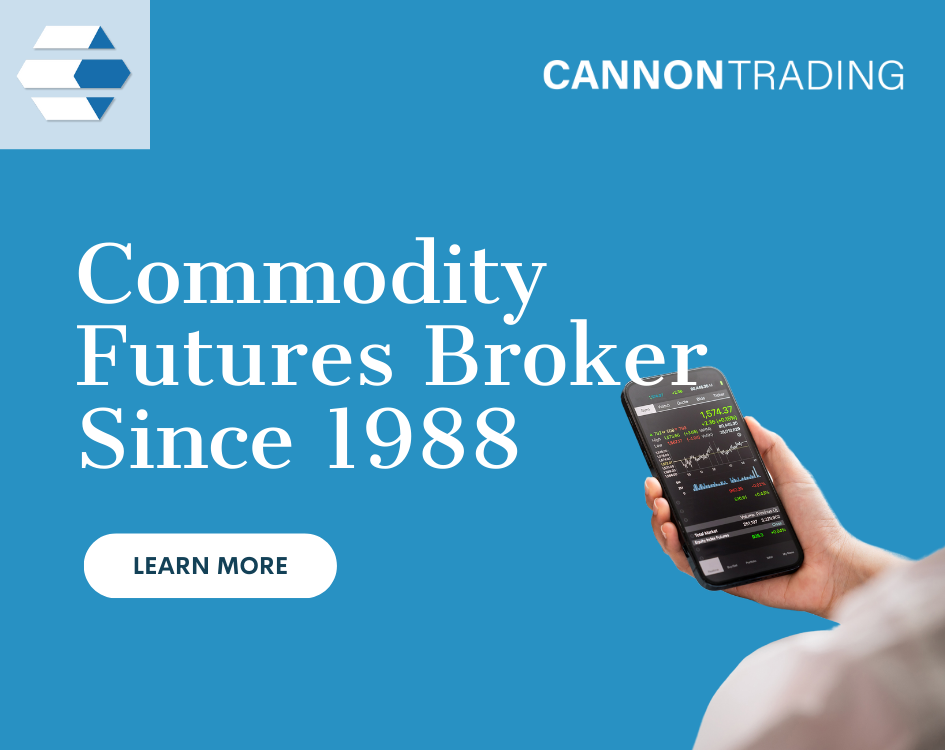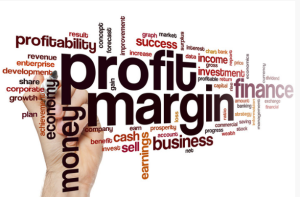Voice from The Tomb, Seasonals & more
by John Thorpe, Senior Broker
Day trade margins are back to normal valuations.
A quiet data day tomorrow.
Market volatility is here to stay for the foreseeable future
Choose your opportunities wisely. Today’s market swings were largely back to normal (pre tariff talk normal)
I thought the timing would be correct to revisit this sage wisdom from the not-so-distant past since April WASDE was released yesterday.
This 8 ½ x 11, well worn, sheet of paper version has been pinned to the corkboard in my office for decades and is worth a share. Called “Voice from the Tomb”, I have noticed a web page dedicated solely to this Myth or Non-Fiction? Lore or Fact? and his experiences following the execution dates.
It’s interesting to contemplate the prospective impact of following the note left to family members, in light of some of the upcoming dates provided. What follows is simply a brief of the contents, feel free to google search the topic to follow the trader’s experiences, you too may end up saving the primary authors advice.
Voice From the Tomb
This is the legend of a wise grain trader that made a fortune trading “seasonals” in the pits of the Chicago Board of Trade.
“After his wife died, a millionaire grain trader dedicated his life to raising their children. The children were lazy and thought they’d inherit all of their father’s money. He felt that his children were wasteful and believed they took him for granted. When he died, all the money went to charity. All he left them in his will were the following dates of when to buy and sell. The will said that if they strictly followed his advice, they’d have the fortunes they always thought were going to drop in their laps.”
Seasonals, Corn, Wheat

So what is a “seasonal”? “Seasonality often plays a part in determining prices for commodities in regular cycles throughout the year. Normal increases and decreases in supply and demand for particular commodities seem to occur every year in fairly consistent patterns. Commodity seasonal patterns might appear to be an easy trading strategy for commodities, but seasonal tendencies are just that – tendencies.” Chuck Kowalski
- Sell March Wheat on January 10
- Buy May and/or July Wheat on February 22
- Sell July Wheat on May 10
- Buy December Wheat on July 1
- Sell December Wheat on September 10
- Buy March Wheat on November 28
- Buy July Corn on March 1
- Sell July Corn on May 20
- Buy December Corn on June 25
- Sell December and March Corn on August 10
Disclaimers:
* Past results are not necessarily indicative of future results. The risk of loss in the futures trading market can be substantial, carefully consider the inherent risks of such an investment in light of your financial condition.
** SEASONAL TENDENCIES ARE A COMPOSITE OF SOME OF THE MORE CONSISTENT COMMODITY FUTURES SEASONAL THAT HAVE OCCURRED OVER THE PAST 15 YEARS. THERE ARE USUALLY UNDERLYING FUNDAMENTAL CIRCUMSTANCES THAT OCCUR ANNUALLY THAT TEND TO CAUSE THE FUTURES TRADING MARKETS TO REACT IN A SIMILAR DIRECTIONAL MANNER DURING A CERTAIN CALENDAR PERIOD OF THE YEAR.
EVEN IF A SEASONAL TENDENCY OCCURS IN THE FUTURE, IT MAY NOT RESULT IN A PROFITABLE TRANSACTION AS FEES, AND THE TIMING OF THE ENTRY AND LIQUIDATION MAY IMPACT ON THE RESULTS. NO REPRESENTATION IS BEING MADE THAT ANY ACCOUNT HAS IN THE PAST OR WILL IN THE FUTURE ACHIEVE PROFITS UTILIZING THESE STRATEGIES. NO REPRESENTATION IS BEING MADE THAT PRICE PATTERNS WILL RECUR IN THE FUTURE.
Tomorrow:
Econ Data: EIA Energy stocks.
FED Speak: Three speakers
Earnings: TenCent, Siemens, Cisco systems, Sony
Tariff news: Anything goes! |













